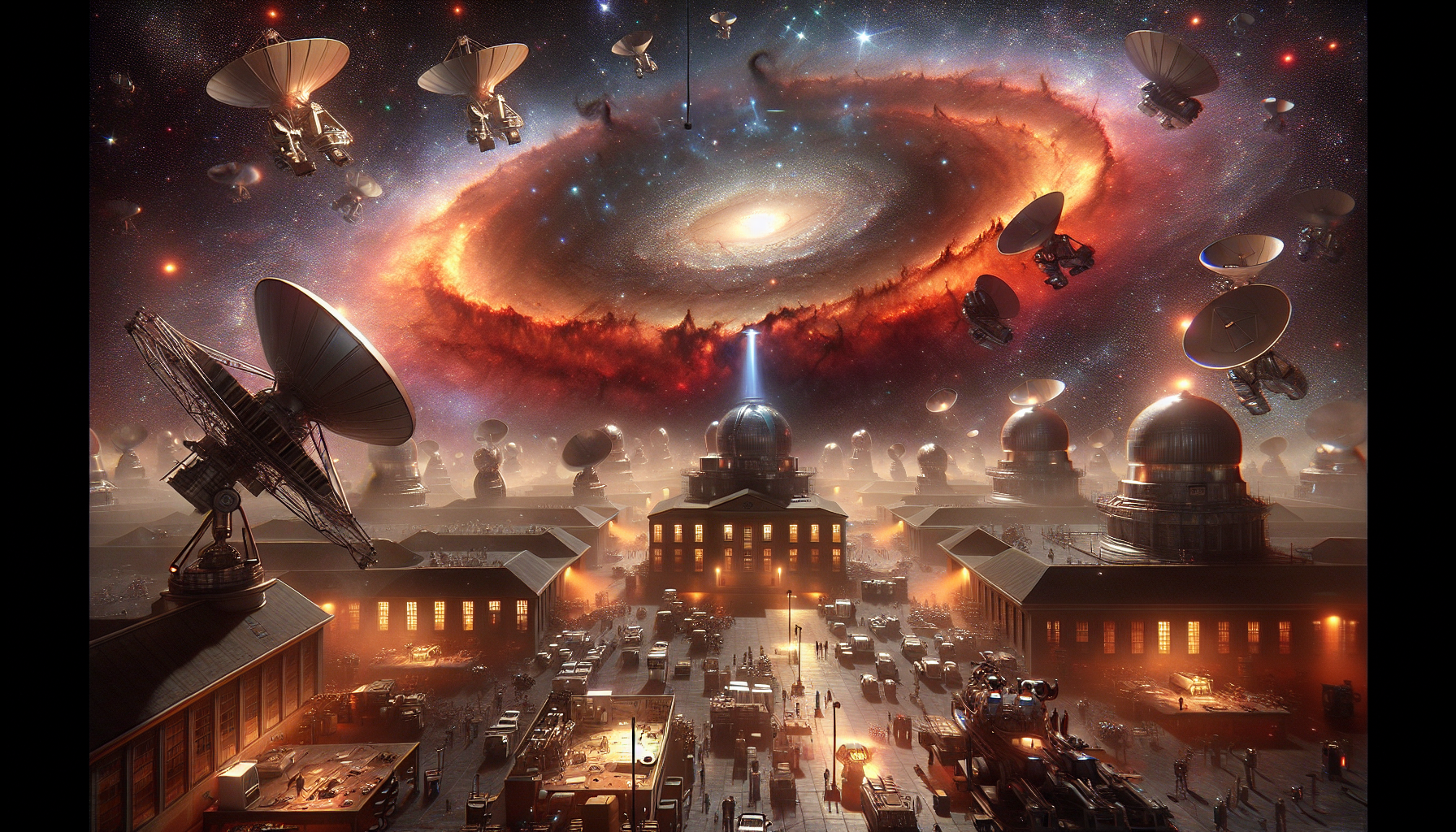NASA and Global Leaders Strengthen Artemis Accords
1 month ago • 17,885 views

Hubble captures UGC 11397, revealing a hidden supermassive black hole.
The NASA/ESA Hubble Space Telescope has captured a remarkable image of the spiral galaxy UGC 11397, located in the constellation Lyra. This galaxy, appearing typical with its two spiral arms, harbors a supermassive black hole at its center, containing 174 million times the mass of the Sun. As the black hole consumes nearby gas and stars, it emits light across the spectrum, from gamma rays to radio waves, creating a cosmic spectacle.
Despite being obscured by dust clouds in optical light, the black hole's activity is visible through its bright X-ray emissions, classifying UGC 11397 as a Type 2 Seyfert galaxy. This classification is for galaxies with active centers hidden by dust and gas. Hubble's observations of such galaxies aim to help astronomers measure supermassive black holes, understand their growth in the universe's early history, and study star formation in extreme environments.
These findings are part of a broader effort to study hundreds of galaxies with similar characteristics, providing insights into the dynamics of black holes and galaxy evolution.
Originally published by
NASA News
Article ID
#211
Join the discussion about this UFO/UAP story!
1 month ago • 17,885 views
1 month ago • 8,847 views
1 month ago • 750 views
1 month ago • 11,702 views
Loading comments...
No comments yet. Be the first to share your thoughts!